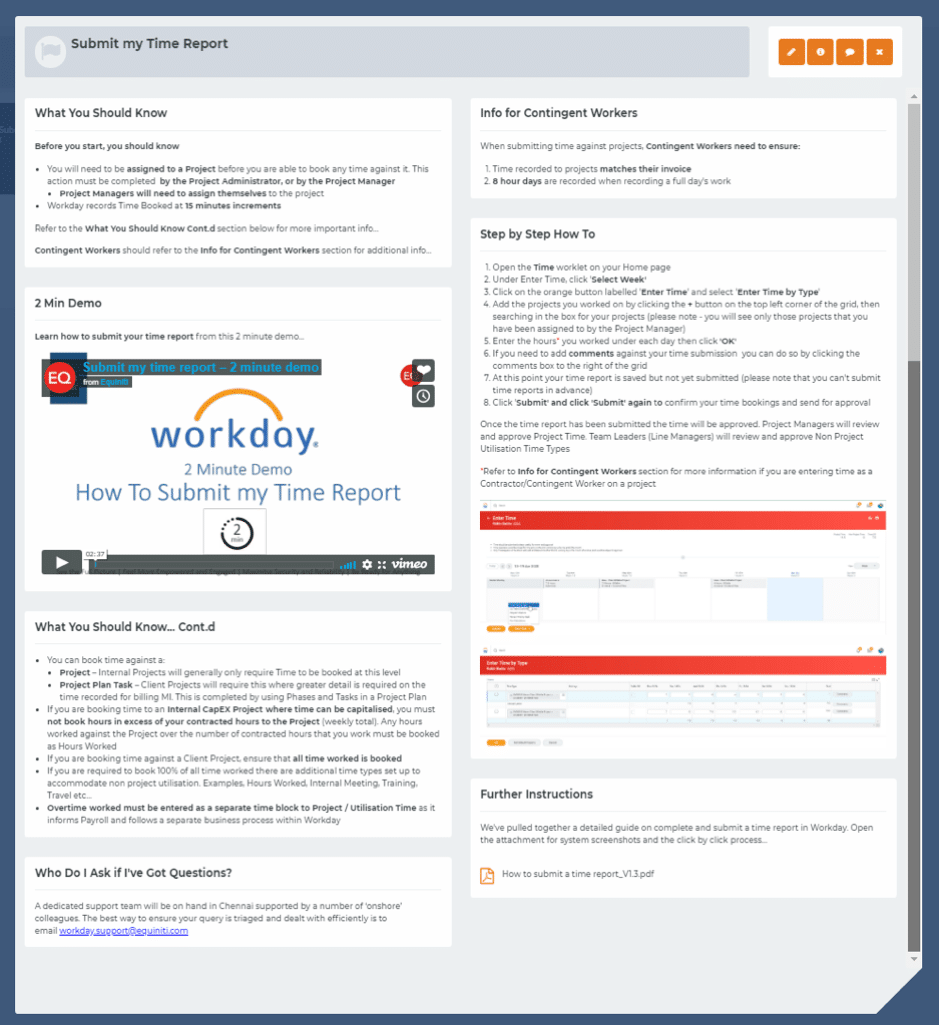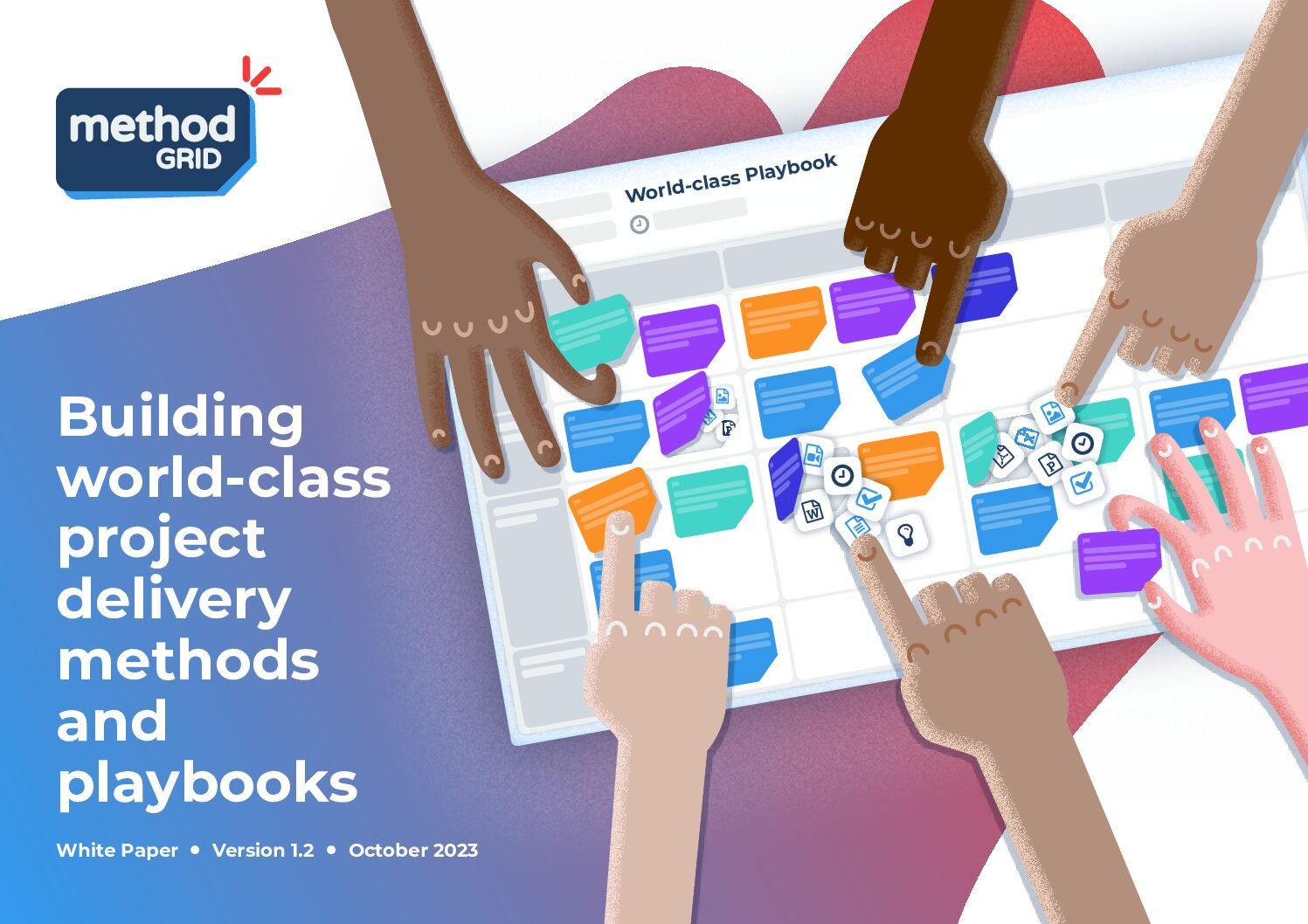The User
Equiniti (EQ) provides accessible digital services for regulated markets, specialising in equity and investment products, pensions, payments and regtech. It is listed on the London Stock Exchange and is a constituent of the FTSE 250 Index.
With over 5,000 specialist employees across five countries EQ serves its clients through a number of market leading propositions across share plans and registrations, remediation, credit services and pension administration.
Their vision is to help businesses and individuals succeed.

Their Challenge
In 2020, in the midst of Coronavirus lockdown, EQ successfully delivered the global Workday project – a replacement for a heavily customised and fragmented estate of microsystems used for HR, Finance and Payroll.
To reap the benefits of this new global system, EQ needed all of its 5,000 people across five countries to adopt it for everyday tasks such as recording leave, searching for peoples’ contact details and booking time to projects. This was easier said than done; most people naturally harboured attachments to their own way of doing things, developed and refined over many years prior to the introduction of this new global system.
To complement the engagement journey on which the project team embarked, they needed a way of hosting simple ‘how to guides’ for using Workday, in a way that was digestible, searchable and accessible. There were some 120 different functions that people might need to do in Workday. Having relevant just-in-time information at the fingertips of those who needed to know how to do those different functions was key to driving adoption. PowerPoint slide decks in a series of nested folders in SharePoint just wasn’t going to cut the mustard!
In summary, the challenge that confronted them was to find a platform on which they could quickly and easily build, structure, curate and continuously improve a knowledge library in order to ensure their strategic investment in a new Enterprise Resource Platform (ERP) system was successful.
How Method Grid was used
Ed Watson, Transformation Director at EQ, was intrigued by the presentational simplicity of Method Grid and started to explore whether it could serve as a hosting platform for the Workday ‘How To Guides’. Using the intuitive grid building functionality of the solution, his team very quickly created a framework and set of templates that led to the eventual library of over 120 digestible, searchable and accessible guides.
The guides were grouped into functional blocks (a grid per block) such that all employees could access the knowledge library most relevant to their use case. Within these functional-area grids, there was a logically organised and beautifully displayed set of ‘how to guides’ (one element per distinct use guide).










